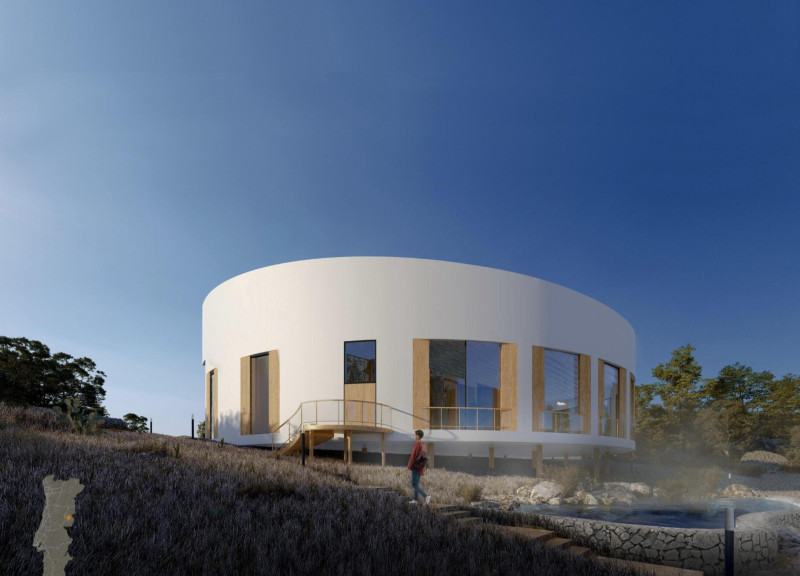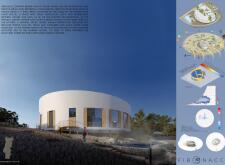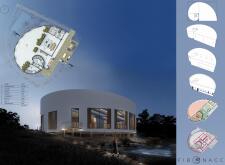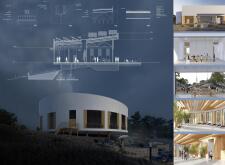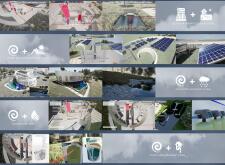5 key facts about this project
Integration with Nature
One of the foremost features of this architectural design is its integration with the surrounding natural environment. Large windows facilitate ample natural light and ventilation, blurring the boundaries between indoor and outdoor spaces. Patios and landscaped areas are strategically placed to encourage engagement with nature. This design approach enhances wellbeing and promotes wellness through natural connection. The use of eco-friendly materials further contributes to the environmental responsibility of the project, setting it apart from typical architectural designs. Materials such as insulated glass, wood panels, and a concrete core are selected for their energy efficiency and sustainability.
Innovative Sustainability Measures
The project employs various innovative sustainability measures that contribute to its functionality and environmental impact. A hybrid solar photovoltaic system harnesses solar energy for building operations, while a geo-solar hybrid heating and cooling system regulates indoor temperatures efficiently. Rainwater harvesting systems support non-potable water uses, and on-site wastewater treatment ensures sustainable water management. These features not only comply with modern sustainability standards but also reflect a commitment to reducing the carbon footprint, making this architectural design a model in its field.
To explore the project further, including architectural plans, sections, and designs, engage with the detailed presentations available for more insights into the innovative ideas employed.


